Canada’s 10 most iconic animals
Canada is renowned for its natural abundance and distinct wildlife. At WWF-Canada, we’ve made it our mission to find solutions to protect this incredible biodiversity. Canada is home to about 80,000 plant and animal species. Here are some of the most iconic.
You can help support our work and conserve wildlife and their habitats by symbolically adopting a species or our entire collection of Canadian wildlife!
1. Beaver
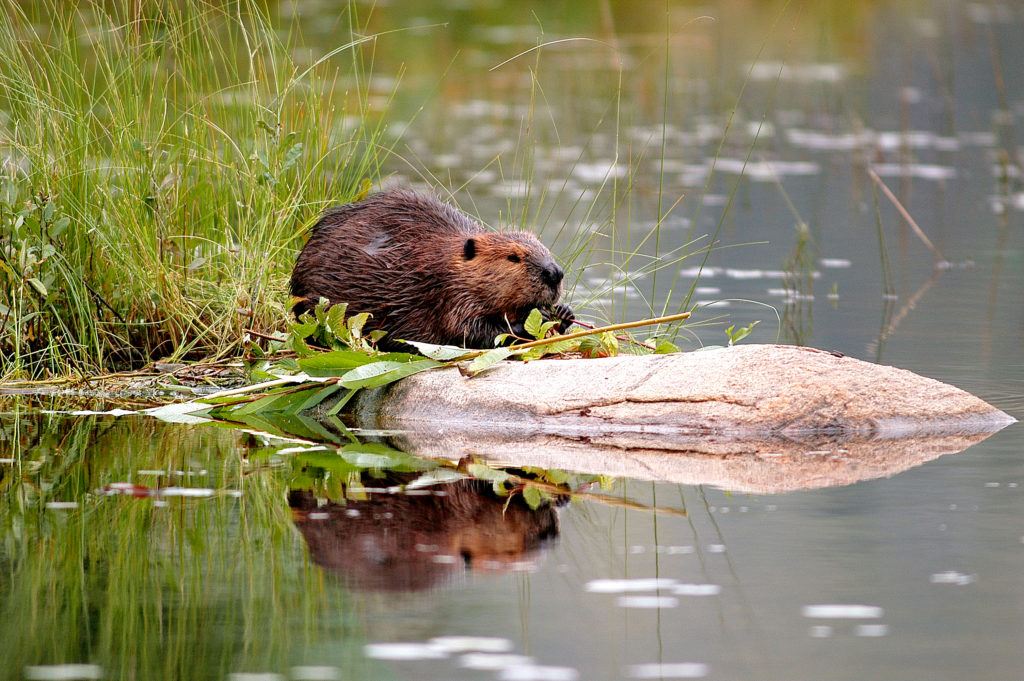
The beaver is not only one of Canada’s most magnificent species, it’s also the largest rodent in North America. Beavers have a distinctive flat tail, powerful jaws and chisel-sharp incisor teeth ideal for biting through tree trunks and branches. Known for their productivity — we say busy as a beaver for a reason — and the vital role they play in maintaining the health of freshwater ecosystems, beavers have earned the moniker “nature’s engineer.”
2. Moose
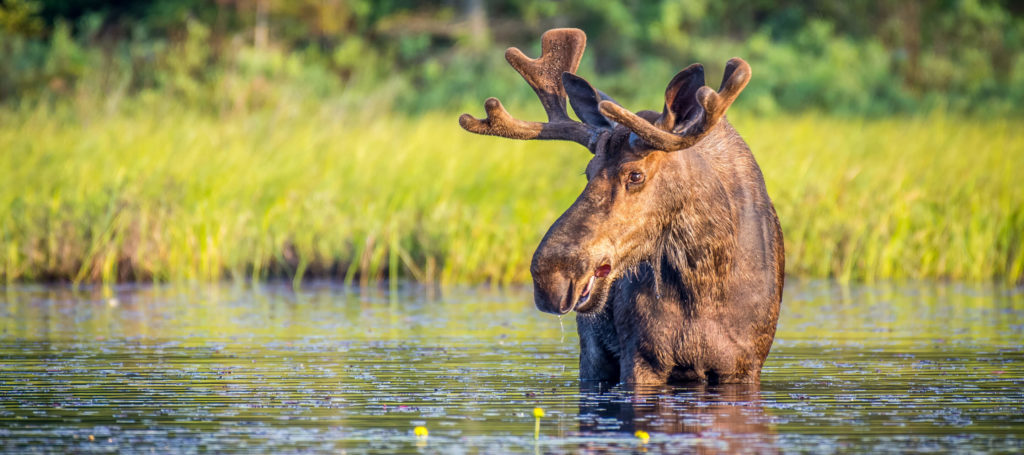
Moose are the largest member of the deer family, standing up to 1.8 metres tall from shoulder to hoof and weighing an impressive 360 to 725 kilograms. Males (called bulls) are typically larger than females and immediately recognizable by their huge antlers, which can span 1.5 metres. Moose are extremely powerful and can travel over almost any terrain, making them a widespread species throughout Canada’s boreal forests and wetlands. Moose are also strong swimmers, sometimes diving several metres to feed on plants at the bottom of lakes.
3. Polar bear
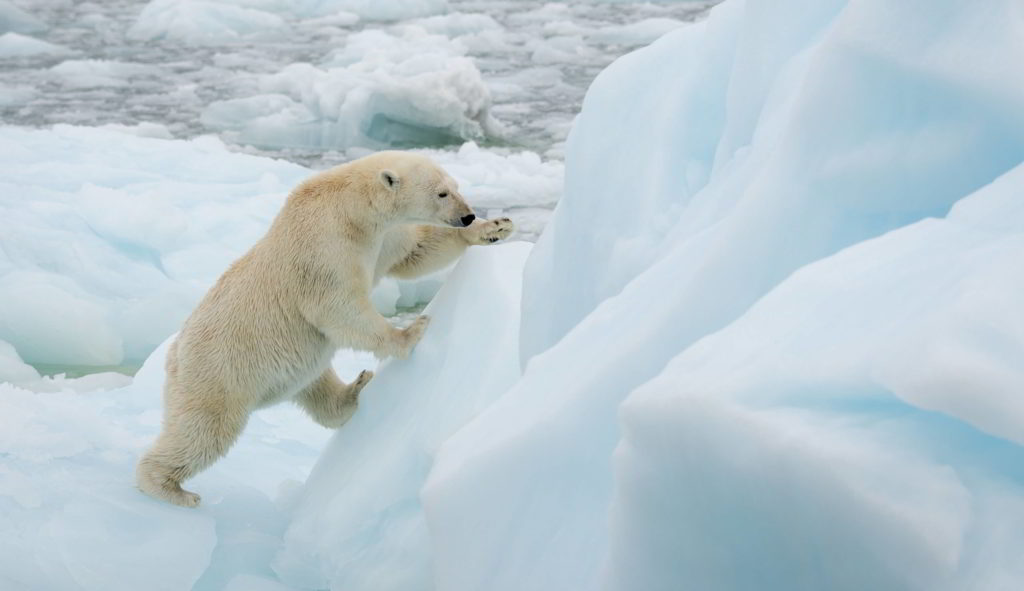
At least two-thirds of the world’s polar bears live on Canadian territory, giving us a special relationship with — and responsibility for — these bears. Their scientific name, Ursus maritimus, means “sea bear,” an apt description for this majestic species which spends much of its life in, around or on the ocean, using sea ice as a hunting platform. As our planet warms and that sea ice melts, polar bear populations are increasingly at risk. It also forces them to spend more time on land, bringing them into greater conflict with people in the Arctic.
4. Monarch butterfly
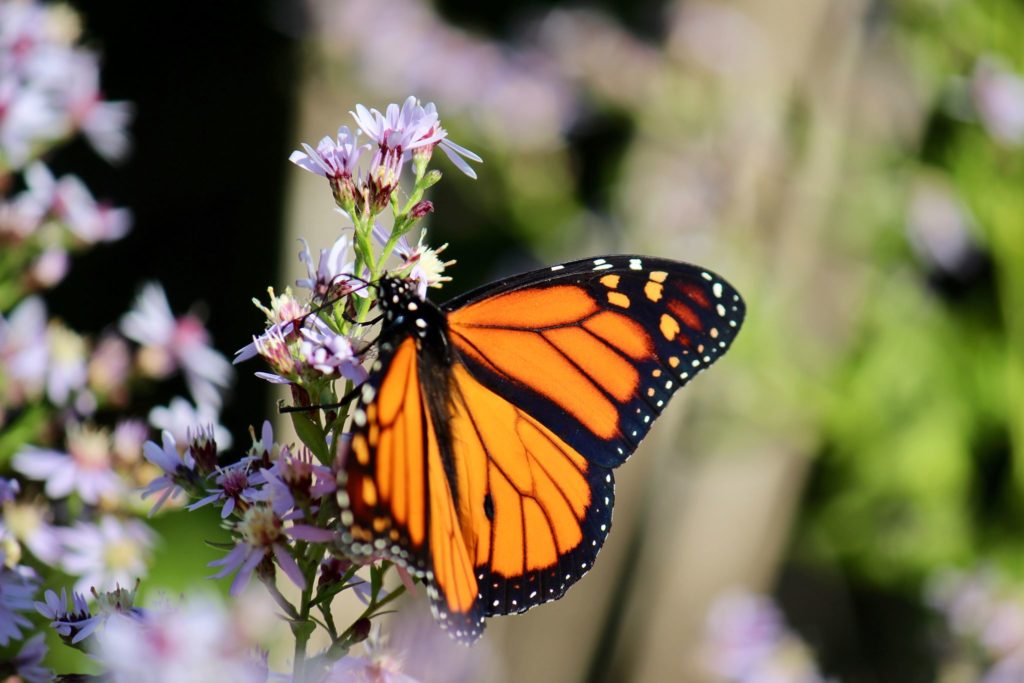
Known for their beautiful orange, black and white markings, the monarch butterfly is one of Canada’s most recognizable butterfly species. Monarchs are also renowned for undertaking one of the world’s longest insect migrations! Each fall, they journey an incredible 4,000 to 5,000 kilometres from southern Ontario and Quebec to the mountain forests of Mexico. Sadly, this small-but-mighty pollinator is threatened by deforestation of their wintering grounds, climate change, and a loss of native plant habitat across their migratory corridor.
5. Southern resident killer whale
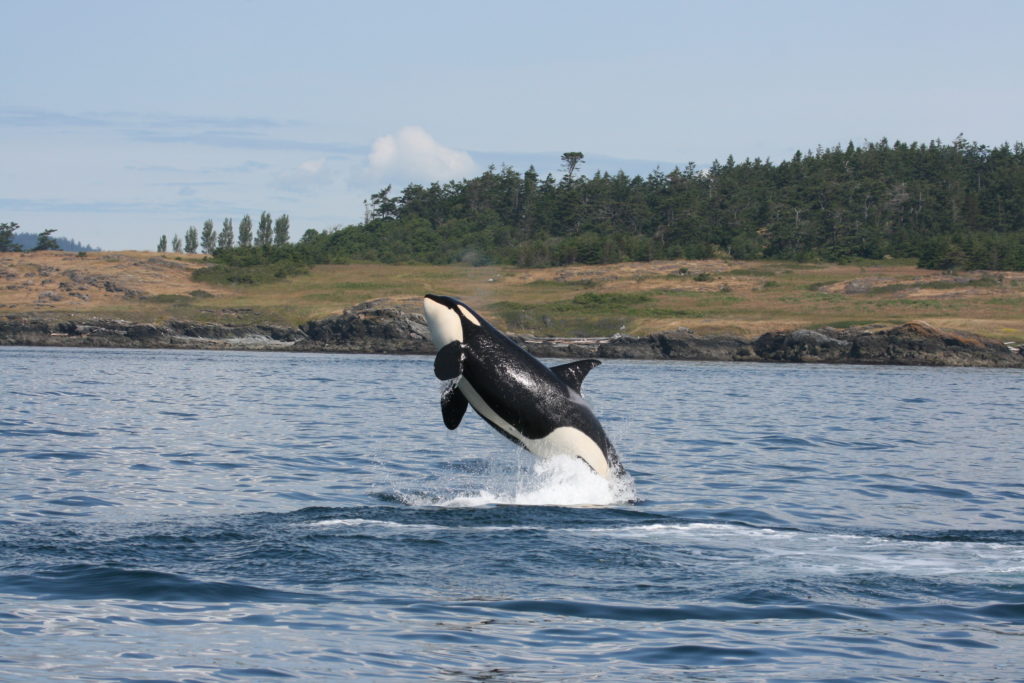
Found in B.C.’s Salish Sea, the awe-inspiring southern resident killer whale, or orca, is one of Canada’s most iconic marine mammals and culturally significant to many First Nations communities. Listed as endangered in Canada and the U.S., their survival is uncertain as this population faces imminent threats from food shortages and marine traffic disturbances like underwater noise. Today, only 72 of these endangered animals remain.
6. Walrus
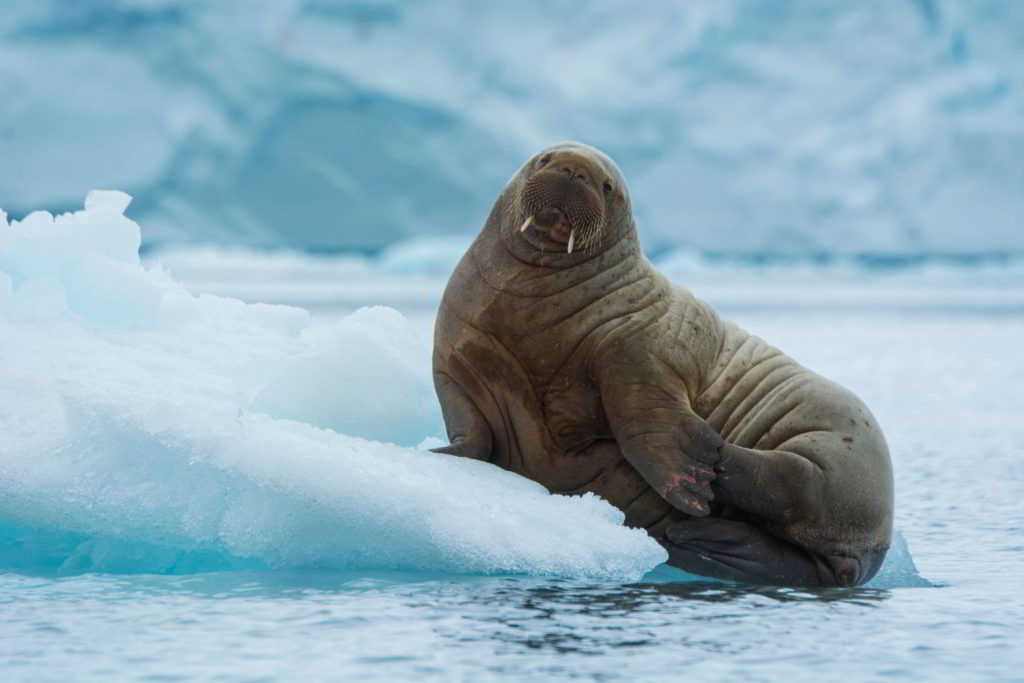
The Atlantic walrus is known for its commanding presence, impressive whiskers and long ivory tusks, which are used to break sea ice and climb out of the water. Tusks are found on both males and females and can grow up to three feet long. In Canada, you can find small populations of Atlantic walrus distributed in the High Arctic and Central-Low Arctic. They are sensitive to climate change-related shifts in their sea-ice habitat, causing some to haul out on land in large numbers.
7. Caribou
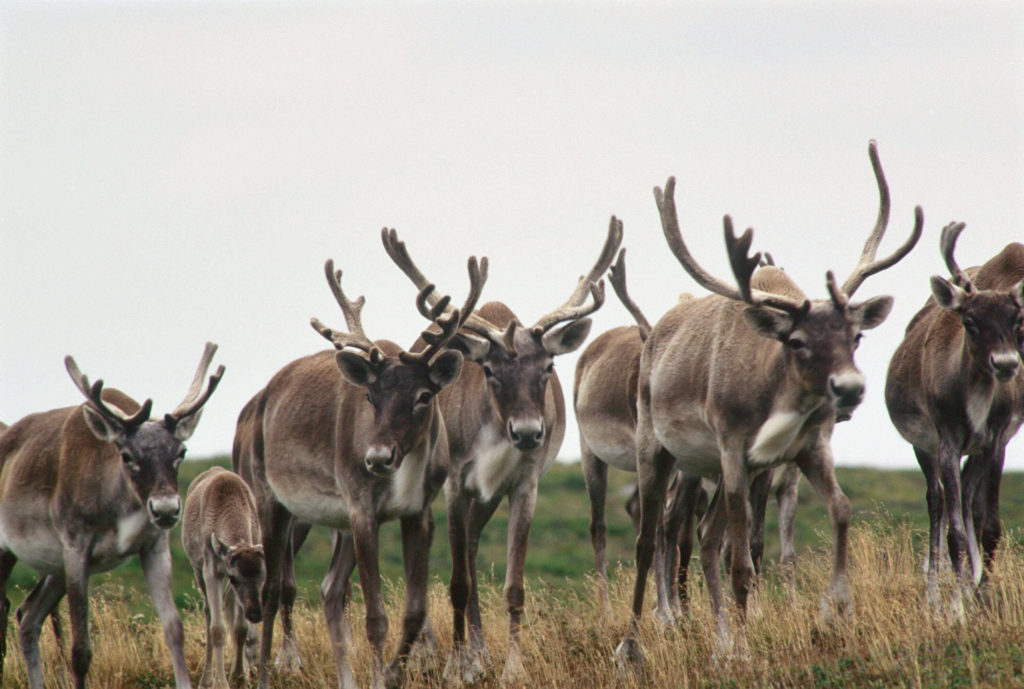
The caribou is one of Canada’s most recognizable species, inhabiting the Arctic, boreal and mountain regions. The at-risk woodland caribou that live in Canada’s southern boreal forests are depicted on our 25-cent coin, while the smaller, scrappier barren-ground caribou that roam the Arctic are also experiencing dramatic declines. Barren-ground caribou have critically provided food, clothing and cultural identity to Indigenous Peoples for thousands of years. Today, their numbers have dropped by more than 90 per cent for many herds.
8. Atlantic puffin
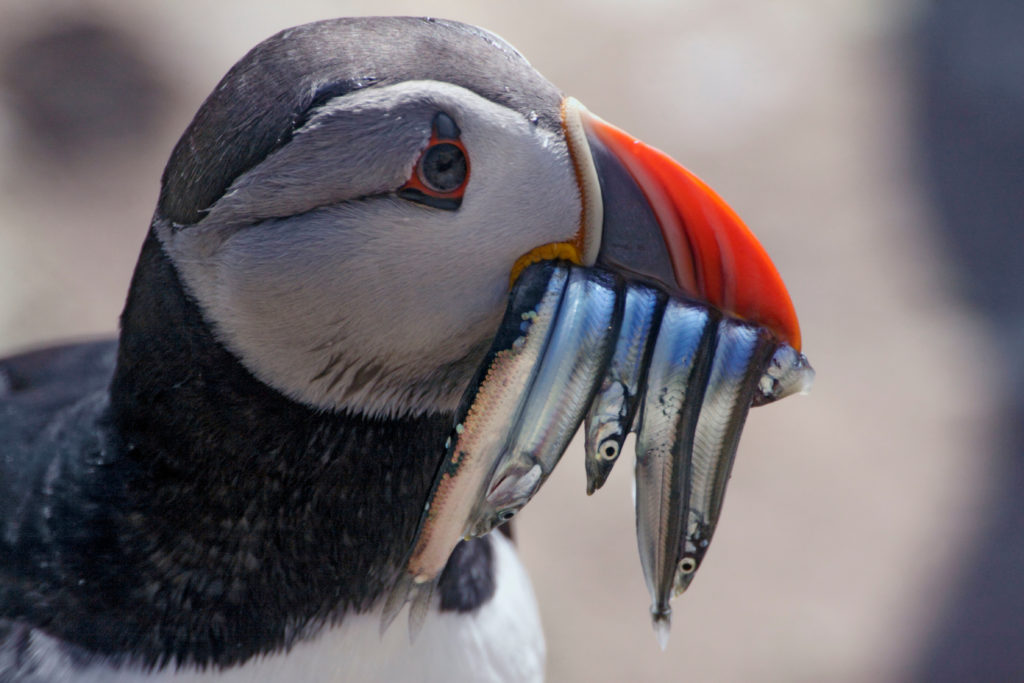
The Atlantic puffin is the provincial bird of Newfoundland and only puffin native to the Atlantic Ocean. In the spring and summer, they gather in huge colonies on the coasts and islands to breed. Puffins are excellent swimmers and spend much of their lives at sea. Like humpback and fin whales and Atlantic cod, they depend on small forage fish for food and will dive as deep as 60 metres underwater to catch them.
9. Canada lynx
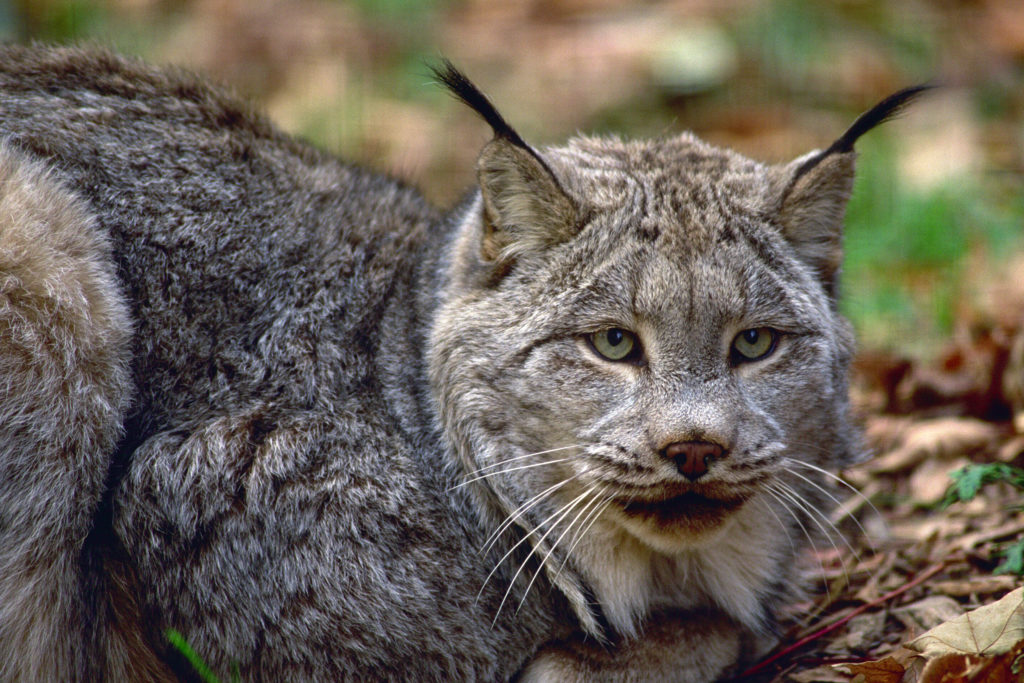
With paws likened to snowshoes, the Canada lynx expertly hunts in the snow and feeds on hares, ducks and young deer. This quiet hunter is also known to climb trees and can swim to swiftly catch fish. The Canada lynx ranges in size from about the same as a domestic cat to six times larger. It is one of three lynx species in the world – Lynx canadensis (Canadian lynx), Lynx lynx (Eurasian lynx) and Lynx pardinus (Iberian lynx) – all of which have small heads, tufted ears, heavy bodies, long legs and short tails.
10. Beluga whale
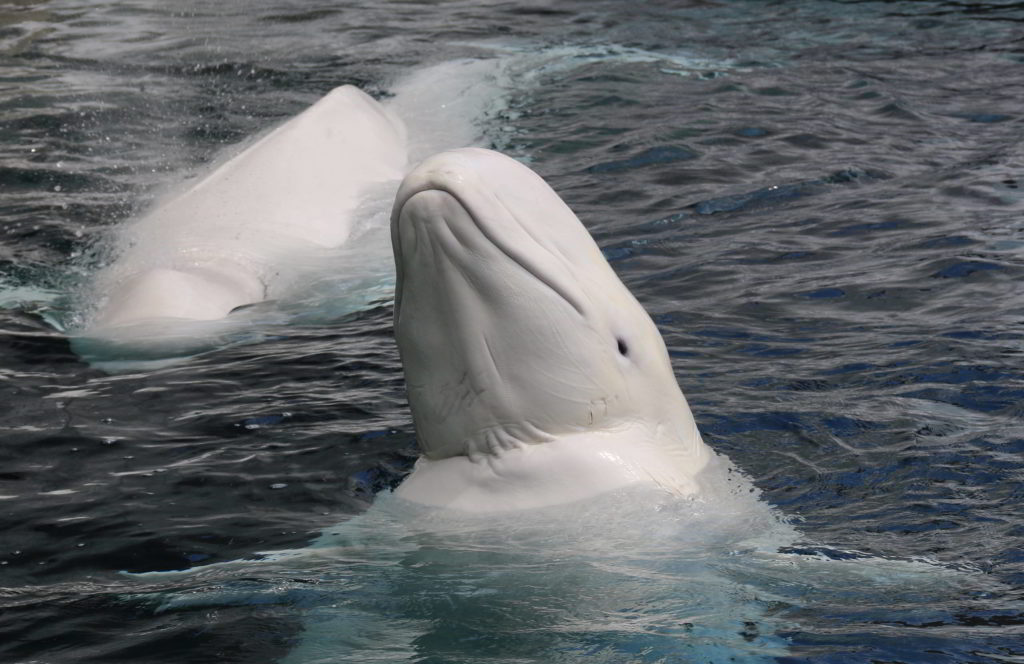
With their “smiling” upturned mouths and pearly white skin, belugas are one of Canada’s most recognizable whales. Belugas live primarily in the Arctic, with about two-thirds of the world’s population summering in Canadian waters. A few small populations are found farther south, relics from the last Ice Age, including the St. Lawrence Estuary belugas. These extremely social mammals are known as the “canary of the sea” for the chirps, clicks, whistles and squeals they use to navigate waters and communicate with other belugas.
You can help protect the homes of some of Canada’s most iconic wildlife by symbolically adopting one as a gift. All of these iconic animals are also available as part of our Canadian collection of adoptable wildlife.

